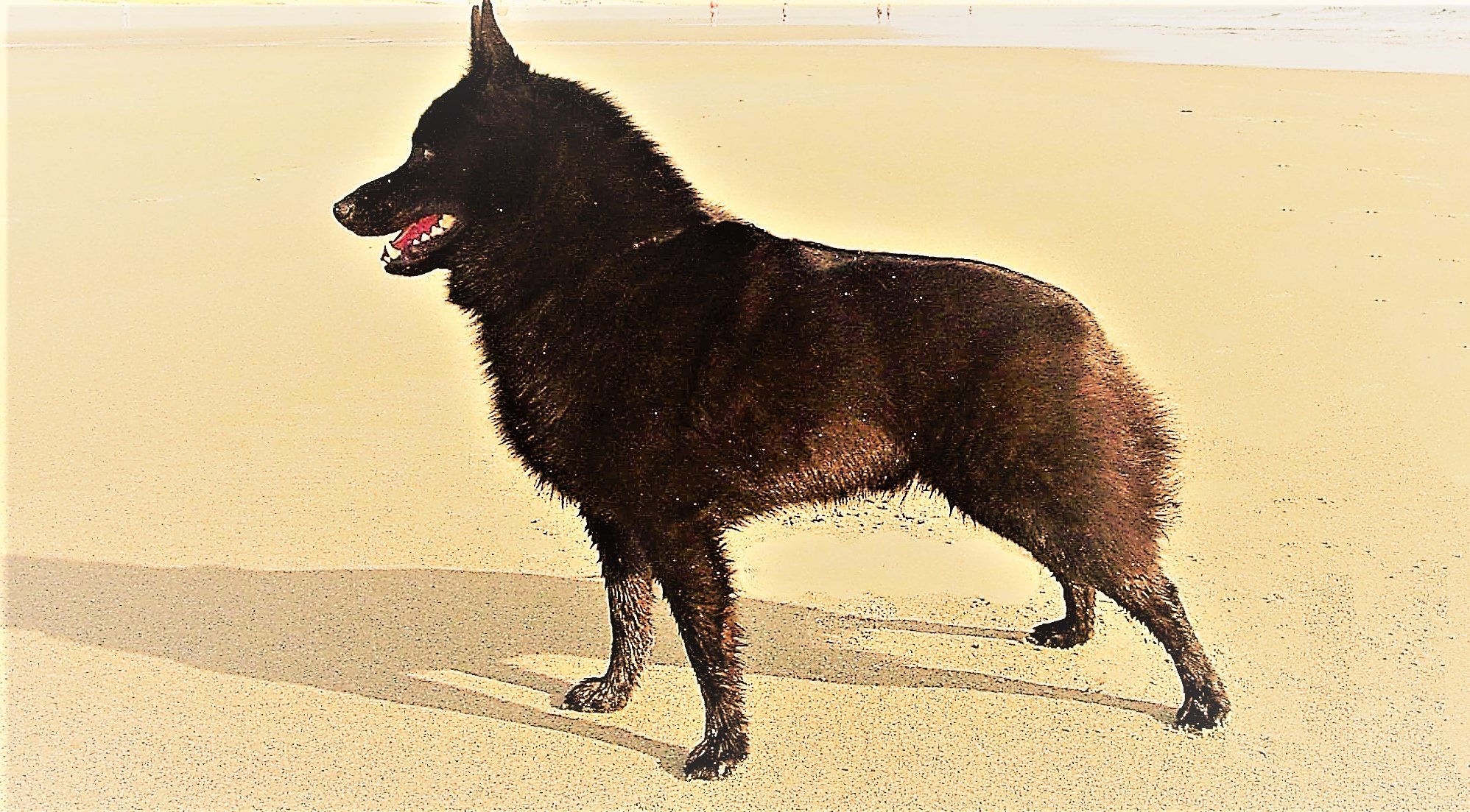The Schipperke is a pet dog coming from Belgium. Since the 16th century, this dog has been standardized and they have been bred in many coat colors. Some of the colors you may see with this breed are Black, Blue, and Brown Schipperke. The Schipperke is a working breed, unlike most small dog races. While this is a working breed, it is also a very nice and extremely loyal family dog. You must be very vigilant when taking the best care of your dog, and you must comply with the criteria set out below.
Indoor
This breed can be adapted to many living conditions, including apartments and small homes, providing that sufficient exercise and outdoor time are provided. They are natural barkers, but with the gentle correction of a puppy, you will be able to mitigate this action. Schips is known to be preparing to run through open doors — take measures to avoid escape.
Outdoor
Schipperkes love time outside, but they’re not supposed to live outside full-time. They were supposed to be behind a fence and walked on a leash while they were outside. They should still be watched outside, including in a fenced environment. Fences are not going to hold a committed Schip; a smart escape artist will break away in moments.
Exercise
A half an hour of exercise in a day is mandatory for keeping Schipperke comfortable and risk-free. Training for more than half an hour is even better. A fenced play area and a lot of long walks on the leash are perfect for keeping Schip safe.
Food
The suggested nutrition diet for most Schipperkes is roughly 3⁄4 to 11⁄2 cups of high-quality dry food a day, depending on the dog’s normal weight and daily activity level. This sum can be shared into two meals, or it may be given in a food-dispensing puzzle set. Schipperkes do not appear to preserve their food more than any other breed, but children should never be able to access or extract food as any dog feeds.
Alone Time
With adequate exercise and focus, Schipperke can be able to sit at home alone for five to eight hours throughout the day. With very little training, the breed could become aggressive or bark. Crate coaching will hopefully keep Schipperke safe when he’s at home alone.
Grooming
Schipperkes do not need extreme maintenance or frequent visits to the groomers, however frequent brushing — more during seasonal shedding — and daily washing can help keep the coat safe. Trimming the nails frequently helps avoid painful fracturing, breaking, or fractured nails. Schipperke can be susceptible to having their paws scratched, but getting them used to nail trimming early will make things less painful.
Trainability
- BASICS
Early, consistent training is a great way to build a well-trained Schipperke. Intelligent breeds are often arrogant, and persuading them to coordinate can be a difficult task without sufficient guidance. Priority should be given to working to reduce barking, social interaction with people and other animals, and simple obedience.
- ADVANCED TRAINING
Giving the Schipperke work is a great way to earn a positive attitude. Agility, specialized skills, and discipline can give the Schip a sense of intent. Often Schipperkes prefer to balance on their hind legs, which can be a great starting point for specialized skills.
- SPORTING DOG TRAINING
Schipperkes preserve their hunting spirit and may enjoy engaging in barn hunting events, but they are not suitable as a recreational dog for other types of hunting.
